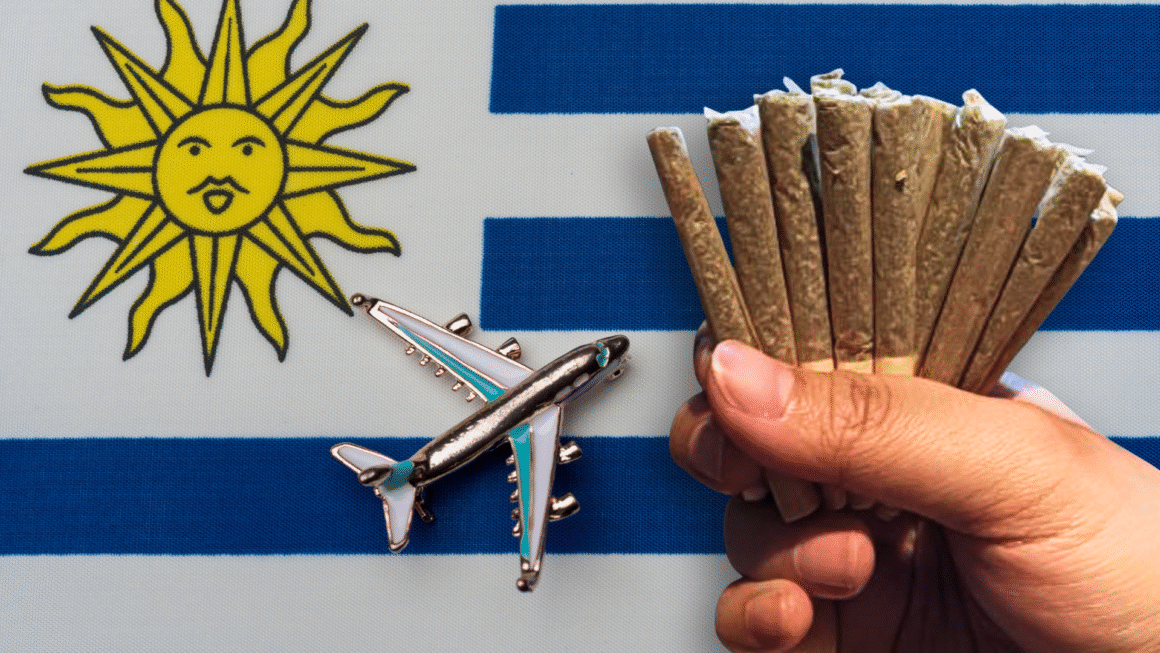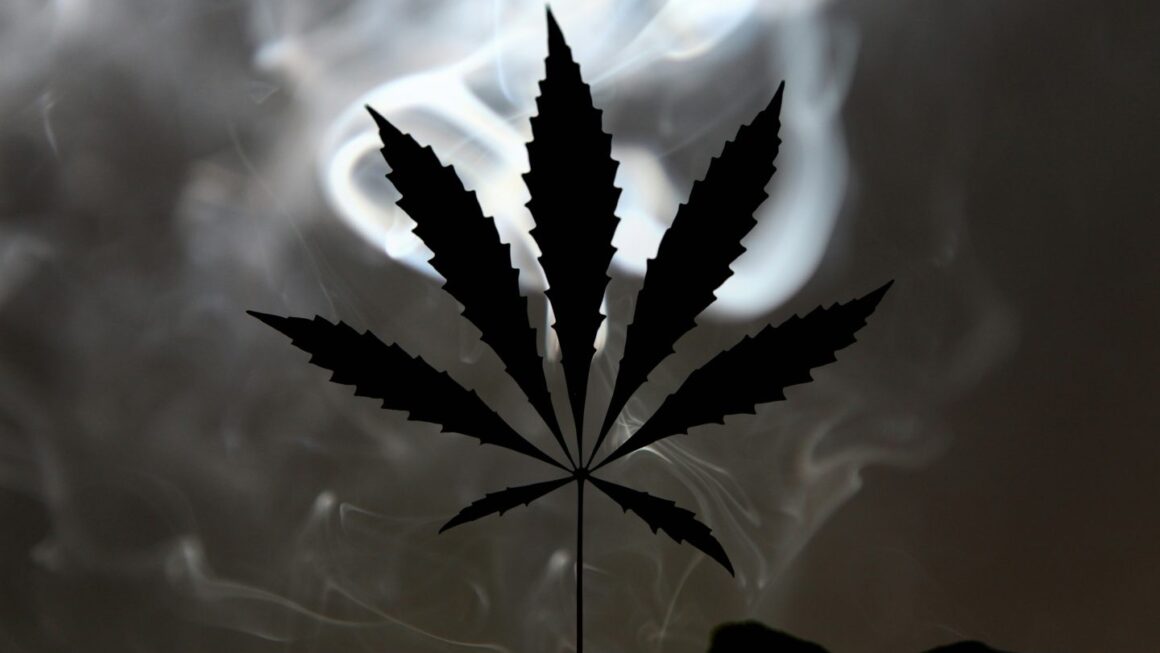When people imagine launching a cannabis brand, the pictures in their minds tend to be glamorous: sleek jars of flower displayed under glowing dispensary lights, a social media feed buzzing with lifestyle photos, maybe even a booth at a trade show with a line of eager fans. Few picture themselves in a manufacturing facility, watching products roll off the same line as their competitors.
But for many entrepreneurs, that’s exactly how the journey begins. White labeling—where a company manufactures products for another brand—has become one of the industry’s quietest, least glamorous, but most effective ways to get to market.
“It’s not the sexiest part of the business,” admitted one operator. “It happens behind the scenes. But if you want the lightest lift in starting a cannabis company, this is it.”
Behind the Curtain
To understand how white labeling works, picture a beverage bottling plant. On any given day, the same conveyor belts may churn out sodas, sports drinks, or sparkling waters—each with its own recipe, but all processed and packaged on the same equipment before being loaded onto trucks and shipped to stores.

Cannabis works the same way. A facility can produce competing brands on the same equipment, switching out ingredients and packaging, but otherwise running the exact same process.
“It all happens in the background,” said Jon Marshall, COO with Deep Roots Harvest. “Most consumers don’t realize it—but the model is everywhere.”
Two Models, Two Mindsets
Marshall breaks the model down into two paths.
The first is co-packing: “I charge you a fee to make your product,” he said. “That could include manufacturing, distribution, even sales and collections. You’re essentially paying for services à la carte.”

The second is a royalty model: “We handle everything—production, sales, distribution, inventory, invoicing—and keep the revenue. In return, we pay you a royalty for using your brand.”
Marshall’s company currently uses the latter approach with Cheeba Chews and Escape Artists, overseeing nearly every aspect of the supply chain. The brands provide packaging, ingredients, and marketing support, while Marshall’s team takes the products to market.
A Faster On-Ramp
White labeling isn’t just about convenience—it’s also about speed.
When Corey Keller, the founder of Bonanza Cannabis, expanded from Colorado into New Mexico, the strategy shaved months off the timeline. “Once you’ve got the packaging and hardware squared away, you can be up and running almost immediately,” Keller said. “There’s no waiting on licensing or inspections because the partner is already compliant.”
What might have taken six to nine months under their own license took just a few using a white labeling company. Keller has since acquired his own licenses, but it just goes to show that even established brands see the benefits of white labeling.
The Hardest Part: Finding a Partner
For Nargis Hakimi, founder of NAR Cannabis, the toughest hurdle was choosing who to trust. Her relatively new brand has already landed on 70 shelves, but the path wasn’t smooth.
“It’s not easy at all,” Hakimi said. “You need thick skin and a lot of grit. Partners can eat away at your profits in the biggest way. If you don’t know your numbers—wholesale prices, retail margins, raw costs—people will take advantage.”
She admitted she got burned more than once. “It was a lot of trial and error,” she said. Networking became her lifeline: endless phone calls, conferences, and introductions until she found the right fits.
And fit matters. A luxury brand, for example, wouldn’t want to partner with a value-focused producer.
In cannabis, where trust between partners is often shaky, the stakes are high. Dispensaries have failed to pay invoices, and distributors have gone under while holding inventory. One bad relationship can sink a brand.
Why Distribution Matters Most
For some veterans, the biggest pitfall isn’t production at all—it’s distribution.
“The crucial part is relationships with retailers and collections,” said Ali Garawi, CEO of Muha Meds. “You need a distributor who prioritizes your deliveries, ensures shelves stay stocked, and gets you paid. Processors are everywhere, but distribution is what makes or breaks you.”
Marshall suggested seeking out cultivators with unused capacity—those looking to maximize yield. Marshall added that cultivators with excess capacity can be prime partners. He suggested that these companies will want to find a way to use up the pounds that aren’t committed to a specific customer. “I would probably advise people to go call all the big manufacturers and cultivators in a certain state and find out who the biggest ones are and then start calling them and saying, ‘What’s your appetite for bringing on a partner? Do you have access to capacity? Could you add an extra grow room?’”
But he cautioned against factories juggling too many clients: “It devalues your brand when 20 different names come out of the same facility.”
Sales Rule the Game
Even with manufacturing and distribution handled, brands can’t afford to forget sales. Larger partners may have sales teams, but most startups are on their own.
“Getting your product into stores is only half the battle,” Keller said. “Sales drive the whole process.”
White labeling works best if the people behind the brand already have a following of sorts and are willing to do the legwork behind building sales. That means social media, in-person promotions at dispensaries, and the willingness to work hard to get customers to want to buy your brand over a competitor.
Still Room at the Table
With so many established names, is there still space for newcomers? Absolutely, say insiders.
“Just because you see big brands out there doesn’t mean you can’t compete,” Keller said. “With the right idea and branding, you can grab market share.”
Hakimi agreed: “Anyone can put flower in a jar or roll pre-rolls. What matters is your story and your mission. Build a brand people connect with. Network constantly, and your people will find you.”
Garawi, who also runs a co-packing business called Summit Solutions, encourages curious entrepreneurs to explore the option. “It’s a great tool,” he said. “It’s a great choice that’s out there.”
The Quiet Path Forward
White labeling may never be the flashy side of cannabis. It won’t get you headlines or Instagram followers. But for brands looking for speed, scale, and a way in, it’s become one of the industry’s most reliable—and underestimated—pathways.
It’s the part of the industry most consumers will never see—but for those trying to break in, it might just be the key that opens the door.
Photos courtesy of Muha Meds





